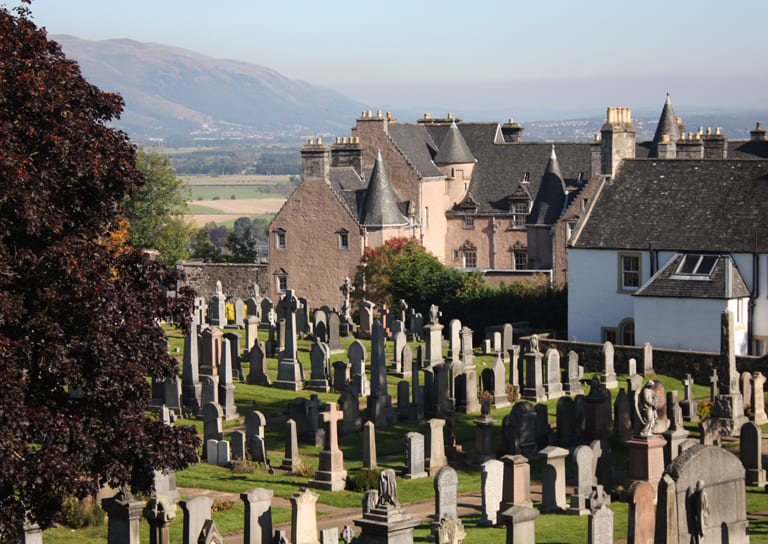- Home
- Our Work

- Stirling's Story

- Blog
- Beechwood House and the Transatlantic Slave Trade

- New Retrofit Service now available for Traditional Buildings Health Check Members

- Retrofitting Traditional Buildings: Chimneys

- SCHT 20: Championing Women in Construction
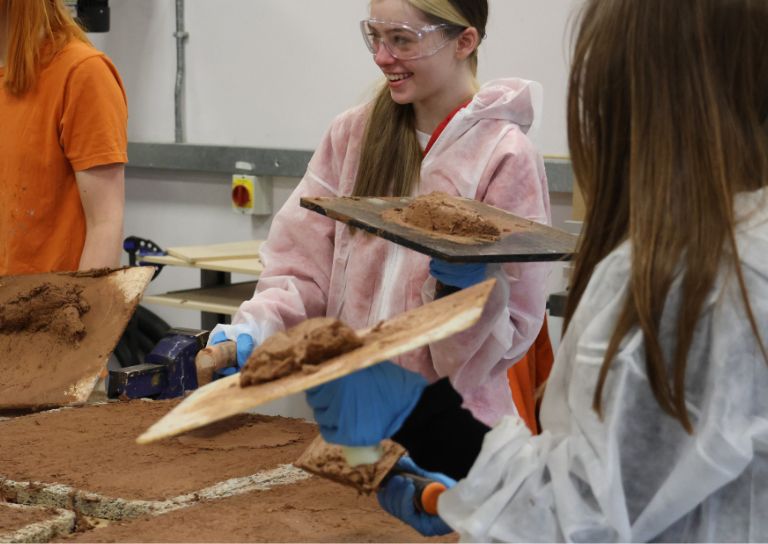
- Stirling's Lost Swimming Pools
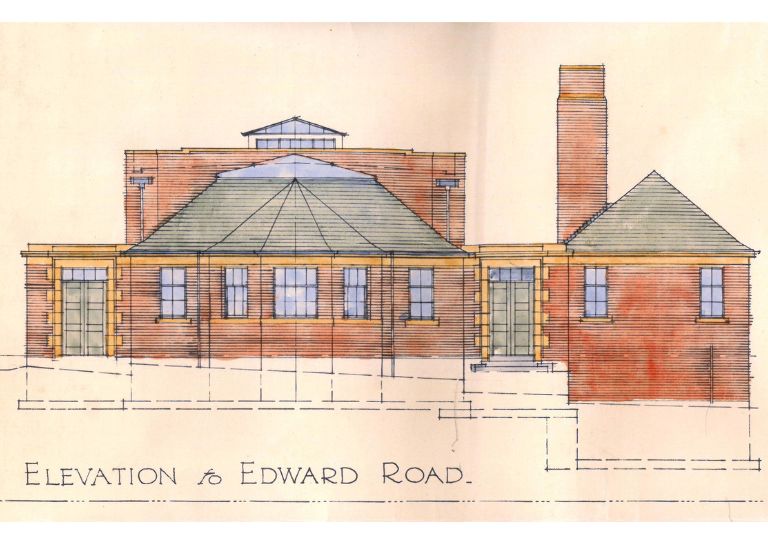
- Women in Construction at Bannockburn House
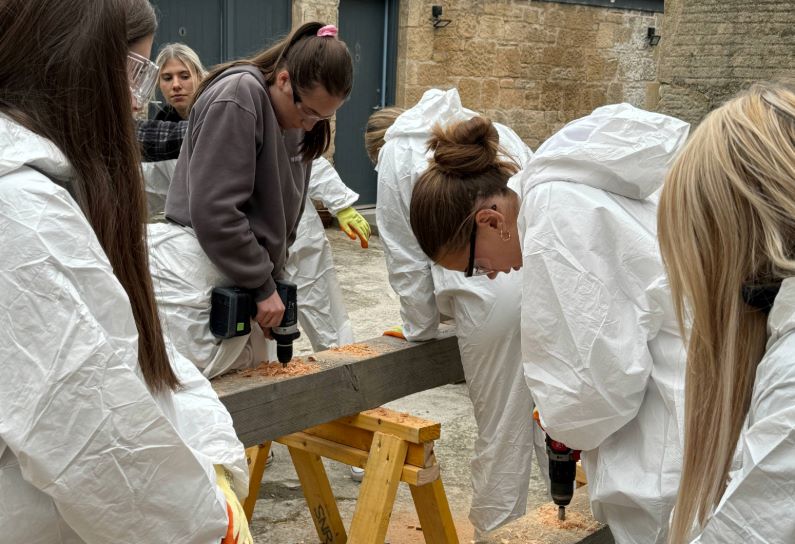
- Avenues to the Past: Stirling’s Historic Streets Exhibition

- Retrofitting Traditional Buildings

- Retrofitting Traditional Buildings: Windows

- Statement on Langgarth House

- Guest Blog: Dementia Friendly Heritage Interpretation
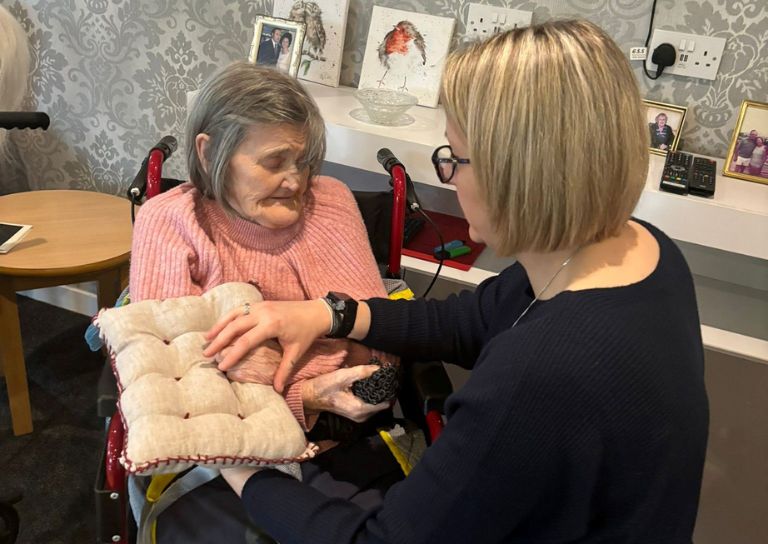
- SCHT Grant Conditions: Owners Associations
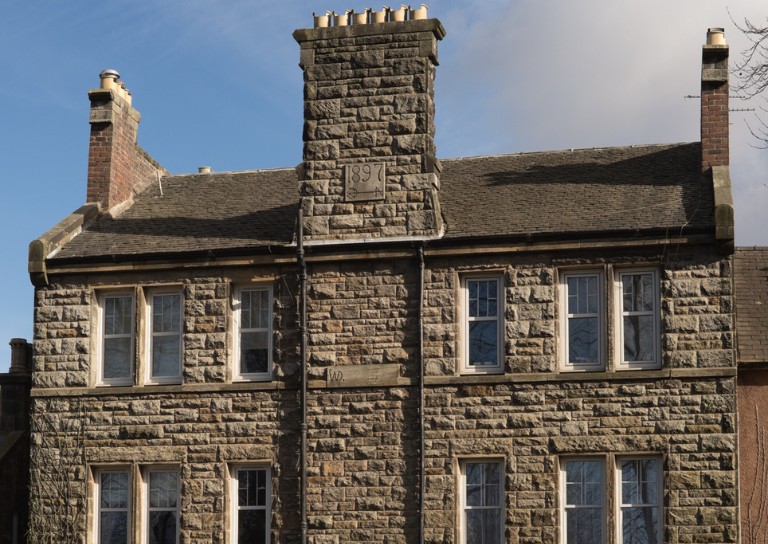
- Stirling Business Awards 2025

- What is a Conservation Area
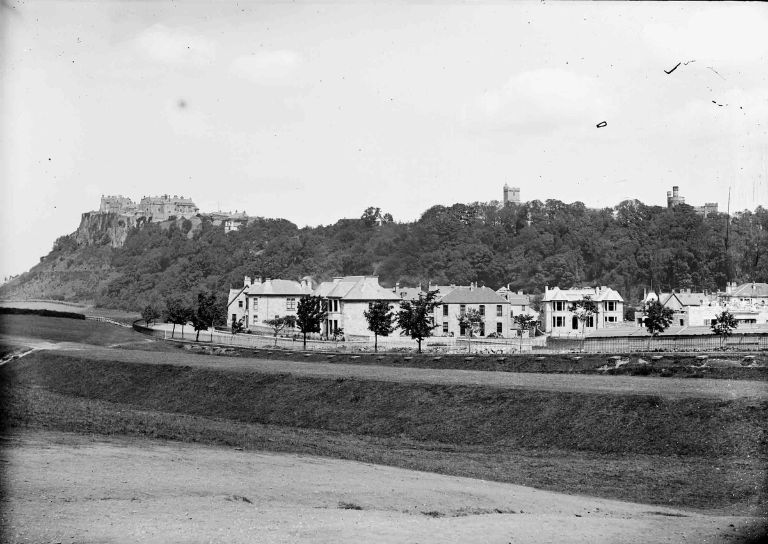
- 20 Great Buildings of Stirling

- Building Resilience: Maintaining Traditional Buildings

- Architects and The Thistle Property Trust

- World Heritage Day: Exploring Hayford Mill

- Community Consultation launched for Stirling’s Heritage Strategy
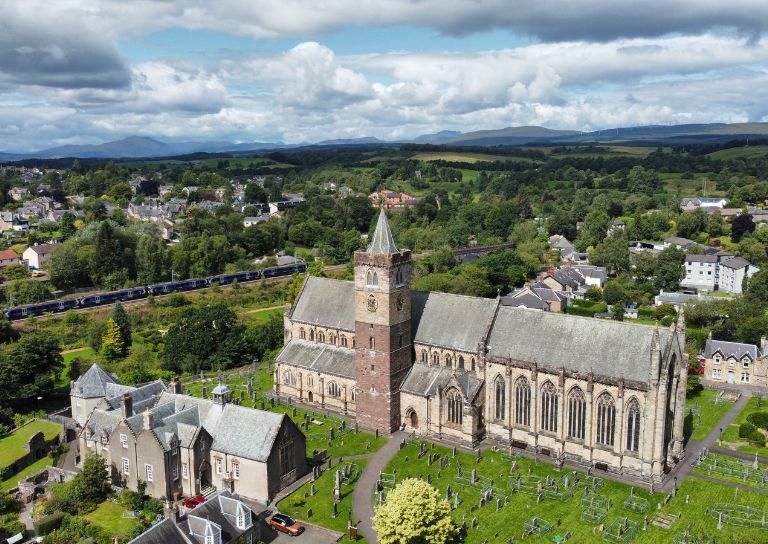
- SVE Inspire Awards September 2024
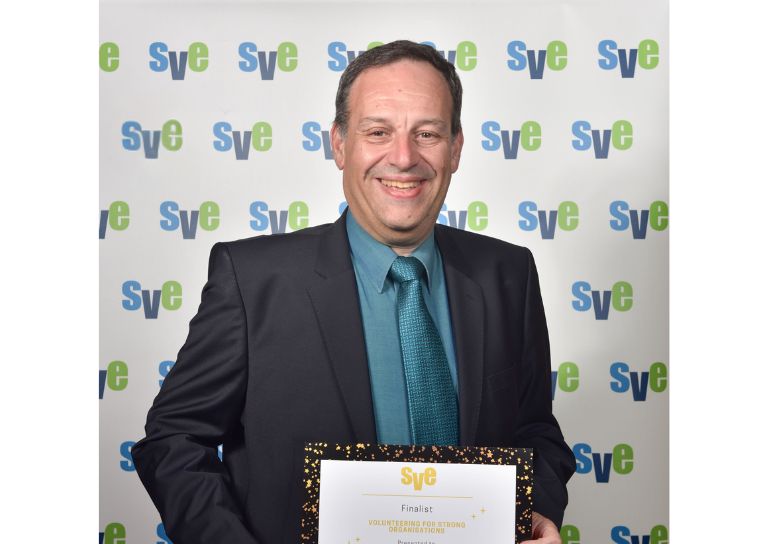
- Reminiscence Art Project
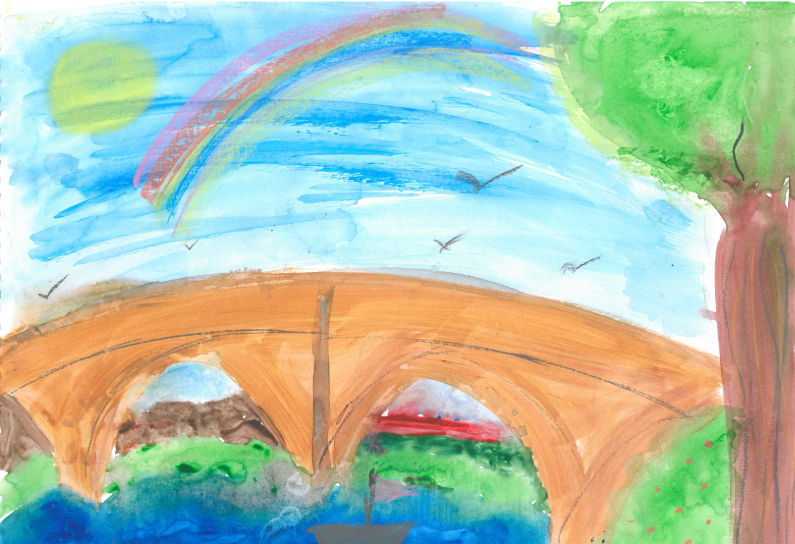
- On the European Stage: Preserving by Maintaining conference, Bratislava
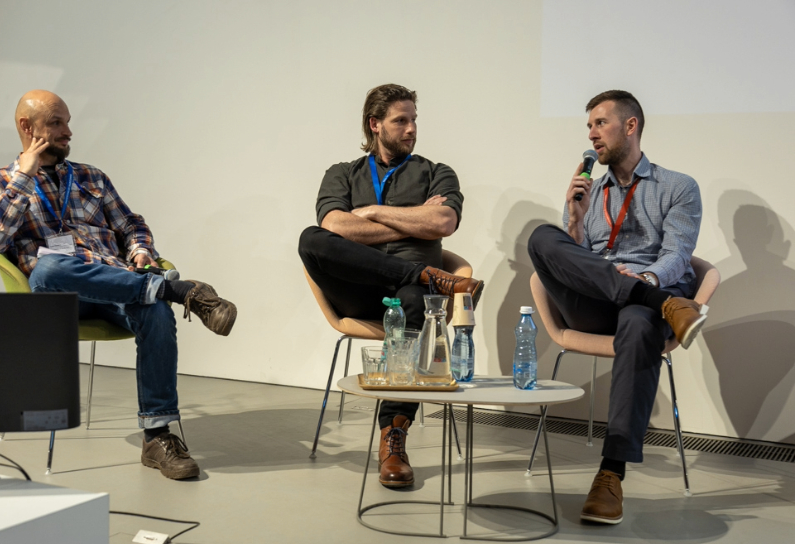
- The Abolition Movement in Stirling

- Shopping Arcades

- Retrofitting Traditional Buildings: Insulation

- Retrofitting Traditional Buildings: Climatic Adaptation
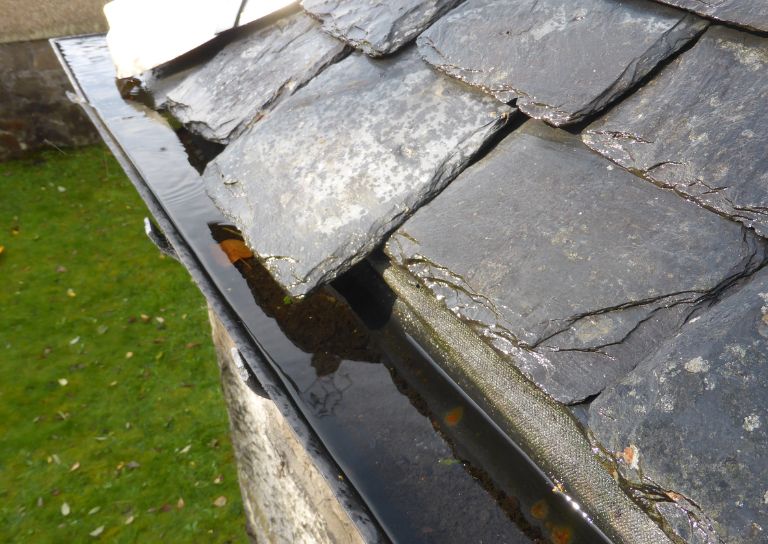
- Kings, Wolves and Drones: 20 years of care and repair at Stirling City Heritage Trust

- Practical Workshop on Retrofitting Insulation with A. Proctor Group
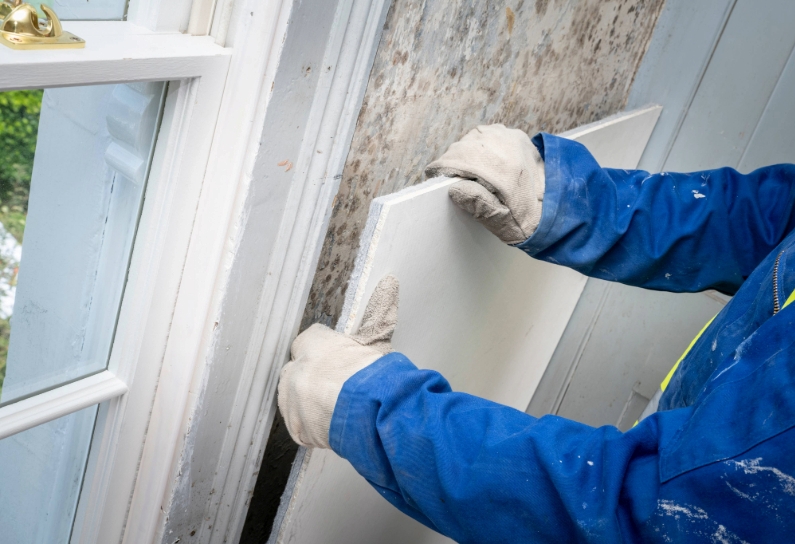
- Marking the 80th anniversary of VE Day
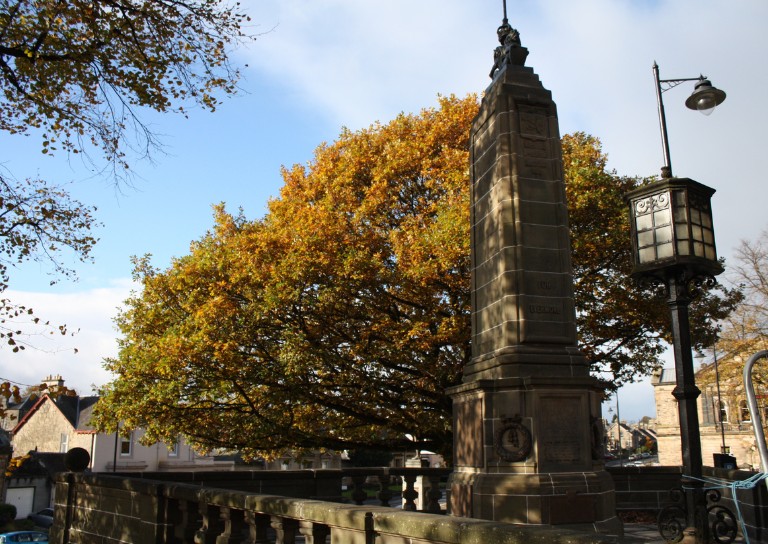
- Walker Family Visit

- Retrofitting Traditional Buildings: Fabric First

- Supporting traditional building repair in Stirling
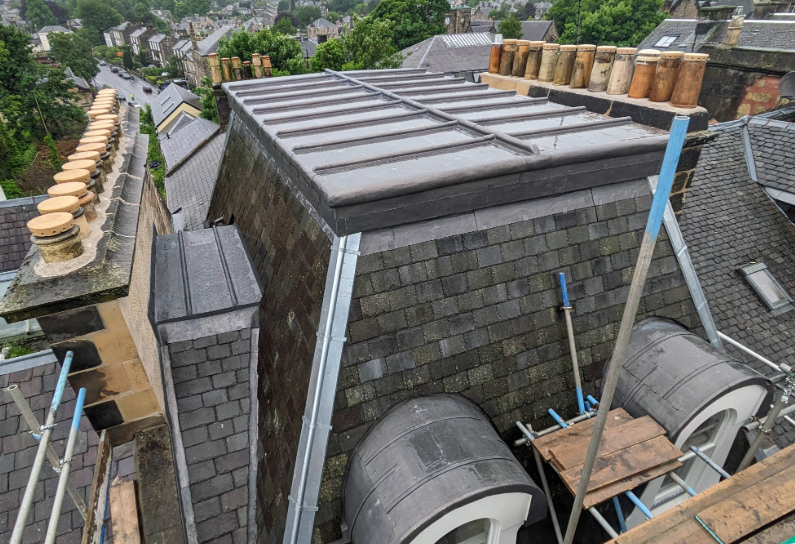
- Stirling's Historic Jails
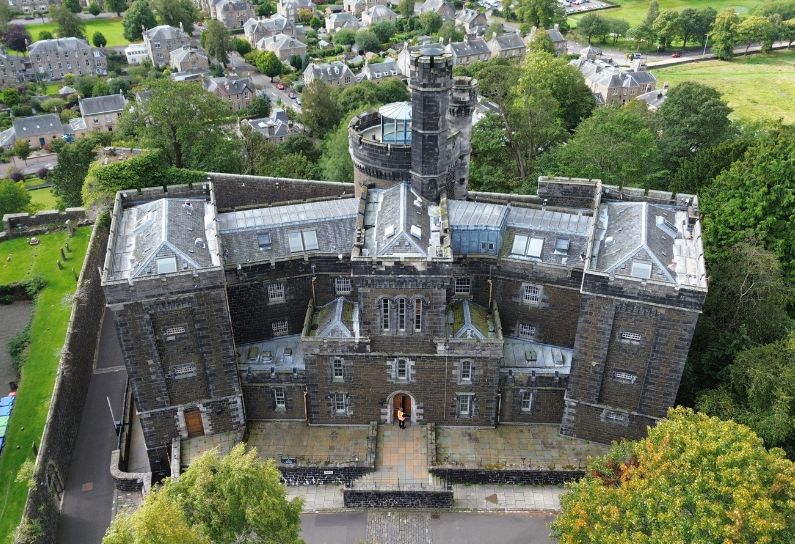
- Ghost Tales from Stirling

- Stirling Reminiscence Box

- Stirling City Heritage Trust at 20

- Retrofit Event: Meet the Suppliers

- Snowdon House and The West Indies

- Miss Curror and the Thistle Property Trust

- Dr Lindsay Lennie retires from Stirling City Heritage Trust
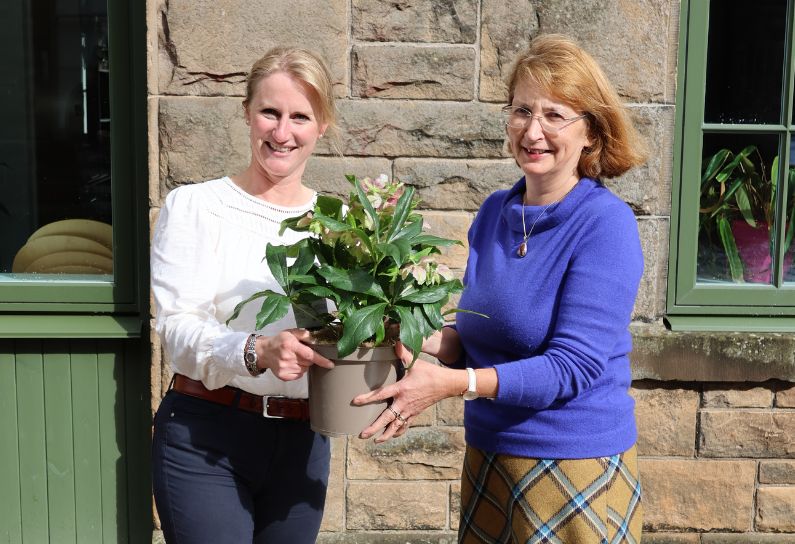
- Stirling’s Streetscape Stories: Photography Workshop

- Level 3 Award in Energy Efficiency for Older and Traditional Buildings Retrofit Course (2 Day)

- Stirlingshire’s Highland Games

- Creative careers in the heritage sector

- Postcards From Stirling

- Stirling’s Gala Days

- Building Surveying Student Intern at Stirling City Heritage Trust

- Heritage Trail: Stirling Walks

- Local History Resources

- Stirling Through the Decades

- Stirling’s STEM Pioneers

- Traditional Skills: Signwriting

- Christian MacLagan, a pioneering lady, but born too soon?

- Traditional Shopfronts in Stirling

- Stirling History Books for World Book Day

- My Favourite John Allan Building by Joe Hall

- My Favourite John Allan Building by Lindsay Lennie

- My Favourite John Allan Building by Andy McEwan

- My Favourite John Allan Building by Pam McNicol

- Celebrating John Allan: A Man of Original Ideas

- The Tale of the Stirling Wolf

- Stirling: city of culture

- Christmases Past in Stirling

- Stirling’s Historic Graveyards

- Top 10 Tips for Architectural Photography

- An Interview with David Galletly

- Springtime in Stirling

- The Kings Knot – a history

- A Future in Traditional Skills

- Robert Burns’ First Trip to Stirling

- Stirling’s Witches

- Stirling’s Ancient Wells

- An architecture student’s take on the City Of Stirling

- Ronald Walker: Stirling’s Architect

- Stirling’s Statues

- Stirling’s Wee Bungalow Shops

- Stirling’s Historic Hospitals

- Women in Digital Innovation and Construction

- Heritage at home: 8 of the best online heritage resources

- Stirling featured at virtual heritage conference

- Five of Stirling’s greatest John Allan buildings

- Women in Construction – Stirling event report

- Scotland’s trailblazing women architects

- Stirling’s Heritage: Spotlight on The Granary

- TBHC Scheme now open to properties in Dunblane and Blairlogie

- How drones help us inspect traditional buildings

- Hazardous Masonry & Masonry Falls

- Mason Bees: What’s the Buzz?

- Stirling Traditional Skills Demonstration Day Success!

- Floating Head Sculpture at Garden Glasgow Festival 1988

- The story behind Paisley Abbey’s Alien gargoyle

- Cambuskenneth Abbey

- Stirling City Heritage Trust Publications

- Sharing Memories: Taking '20 Great Buildings of Stirling' into the community

- William Wallace Statues In Stirling

- Coronations and Royal Christenings in Stirling

- The development of King's Park

- Energy efficiency project awarded grant from Shared Prosperity Fund

- Inspiring the Future: Stirling City Heritage Trust's Women in Construction Event at Wallace High

- Doors Open Days Talk: Who Built Stirling?

- 10 Years of the Traditional Buildings Health Check

- Growing up in Stirling: A Night of Reminiscence at The Smith

- SCHT visit to Brucefield Estate, Forestmill, Clackmannanshire

- Statement on Christie Clock

- Stirling’s Lost Skating Heritage

- Laurelhill House and the West Indies

- Beechwood House and the Transatlantic Slave Trade
- About Us

- Support Us

- Contact

Stirling’s Wee Bungalow Shops

Like their domestic counterpart, bungalow shops are single storey. They are typically found in rows of 3 or more matching shops and have common architectural features which aesthetically tie the row together. These may include similar floor tiles, cast iron brattishing on the stone parapet above the shopfronts or identical doors. This gives unity and impact to otherwise unimposing little shops which are sometimes overlooked in comparison to more elaborate retail buildings.
Rows of bungalow shops may be found in gap sites, filling an awkward location that could otherwise prove tricky to make the most of. They create variety within the streetscape, their low rise contrasting with taller tenements, grand public buildings and elegant church steeples. The contribution they make to the townscape should not be underestimated; their small scale allows vistas to buildings which would otherwise be hidden.
In Stirling, there are two notable rows of purpose-built bungalow shops, one in Friars Street, the other in Barnton Street. Both date to the interwar period. Although unlisted, they are located within the Stirling Town & Royal Park Conservation Area and so are legally protected from inappropriate alterations.
83-93 Barnton Street
In 1923, Stirling architect John Bruce was commissioned by G. Henderson & Sons to design 6 shops in front of Viewfield Church. Construction of Barnton Street began in the 1840s and comprised tall, 4 storey tenements. Here, in the lee of Viewfield Church with its impressive spire, the proposal for low-scale shops would still allow people to see the church as they headed into the town centre.
Dean of Guild Court plans for the shops held at Stirling Council Archives (Plan number 1515) show that the shops all had matching multi-pane glazed doors with iron railings along the top of the parapet. The row comprised a mixture of 4 smaller, single-fronted shops with the 2 outer shops being double-fronted. This mixture of smaller and larger shops is not unusual, giving a variety of options to prospective tenants.
Inevitably, with shops that are over 80 years old, some alterations have taken place. There are no longer iron railings along the parapet and the door has been altered at number 91 (now McCready & Co). The shop at number 87 (now Luxe Hairdressing) was re-fronted, most likely in the 1930s, and possibly for a butchers. It has a marble frontage, integral blind and black and white tiled lobby floor.
2-12 Friars Street
known as Friars Wynd, this narrow dog-leg street links the old upper town with the routes to Stirling Bridge. Tall buildings prevail on the north-west but the opposite side is more open due to the single-storey shops erected there in the 1930s.
The shops were built in two stages. Numbers 2-8 were erected around 1930 and 10-12 in 1937. The latter were designed by Stirling architects Bruce and Marshall
and it is possible that they also designed 2-8. Surviving Dean of Guild Court plans in Stirling Council archives (Plan 2852) show the design for the 3 shops executed in a cream and green paint scheme.
As with the Barnton Street shops, there are common architectural features. With the later date of the 1930s, there are inevitable Art Deco influences in the design including stepped, geometric parapets. Numbers 2-8 have elegant curved glass entrances whereas the later shops at 10-12 have more angular lobbies. All the shopfronts have integral roller blinds and terrazzo lobby floors (a polished man-made ceramic product which is now very much back in vogue). Although there have been some alterations and mergers of premises, the essence of the original designs is very much evident.
As you walk down Friars Street you can see over the roofs of these shops to the spire of the Stirling Baptist Church on Murray Place. In the same way that the Barnton Street shops allow Viewfield Church to be enjoyed, these buildings with their gentle scale perform a similar role.
Bungalow Shops elsewhere
There are lots of other bungalow shops to see. Locally, there are good examples in Henderson Street, Bridge of Allan where John Cullens Butcher at 84 Henderson Street has a particularly fine tiled interior. Beech Road, Dunblane also makes a modest but valuable contribution to the entrance to the High Street. Have a look the next time you are out shopping and see what common architectural features you can spot in these charming and often overlooked additions to our streetscape.
If you want to find out more about shopfronts you can visit the Historic Environment Scotland website and download the Short Guide to Scottish Traditional Shopfronts.









